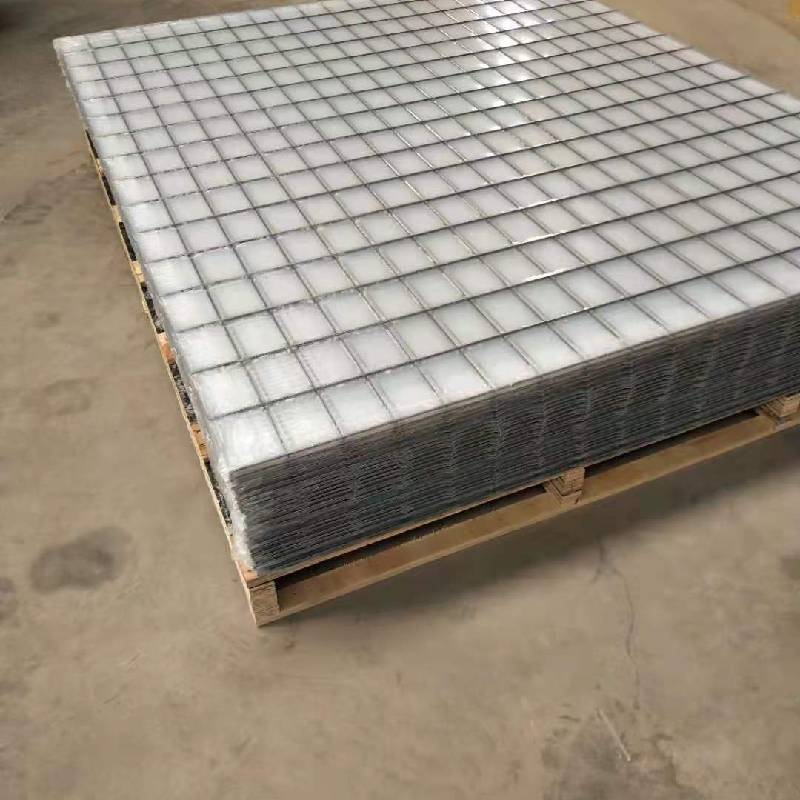
- Mobile Phone
- +8613931874955
- sales@cntcmetal.com
Exploring the Connection Between Steel and Masonry Ties in Construction Applications
Steel to Masonry Ties An Essential Connection in Construction
In the world of construction, the integrity of a building's structure depends on the connections that bind various materials together. One crucial aspect of this is the use of steel to masonry ties. These ties facilitate a strong bond between steel elements, such as beams and columns, and masonry components, such as bricks or concrete blocks. This article explores the significance, types, installation practices, and benefits of using steel to masonry ties in construction.
Importance of Steel to Masonry Ties
Steel to masonry ties serve a critical role in ensuring the stability and durability of a structure. Masonry alone, while robust in compression, can be weak in tension and shear. On the other hand, steel possesses high tensile strength, making it an ideal companion for masonry. Ties effectively transfer loads between steel and masonry, helping to resist lateral forces, such as wind and seismic activity, that could otherwise lead to structural failure.
Additionally, these ties help control cracking and support the overall integrity of the wall systems. In multi-story buildings, for instance, the load-bearing capacity of the masonry walls can be enhanced significantly by integrating steel ties. This connection prevents the masonry from becoming dislodged or separating from the steel framework during extreme conditions.
Types of Steel to Masonry Ties
There are various types of steel to masonry ties, each suited for specific applications and scenarios. Some common types include
1. Reinforcing Bars (Rebar) Often embedded in masonry walls, rebar is used to enhance the tension capacity of the structure. When tied into the masonry during construction, it provides a resilient connection to steel beams or columns.
2. Metal Ties These are typically used in situations where direct reinforcement is not feasible. They can be made from galvanized steel or stainless steel to resist corrosion. Common forms include strap ties, wall ties, and brick ties, which can be attached directly to masonry and secured to adjacent steel structures.
3. Anchor Bolts Employed to connect structural steel to masonry foundations, anchor bolts are essential for transferring loads from the structure to the foundation and ensuring stability.
4. Post-tensioning Cables In certain applications, especially in precast masonry systems, post-tensioning cables may be utilized to provide additional strength. Ties via these cables help maintain compression within the masonry, offering enhanced load-bearing capacity.
Installation Practices
steel to masonry ties

Proper installation of steel to masonry ties is vital for achieving the desired structural integrity. The installation process typically involves
- Planning Determine the appropriate tie types and configurations based on load requirements and architectural designs. Consult building codes to ensure compliance with safety standards. - Capable Workforce Employ skilled labor familiar with both masonry and steelwork. Their expertise will help ensure that connections are secure and reliable.
- Alignment During construction, meticulous attention must be paid to the alignment of ties. Misalignment can lead to stress points, jeopardizing the integrity of the structure.
- Inspection Regular inspections during installation help catch potential issues early on, allowing for corrective measures to be taken before they compromise the construction project.
Benefits of Steel to Masonry Ties
The advantages of using steel to masonry ties are manifold
- Structural Support They provide necessary support for masonry walls, enhancing their ability to withstand various loads and forces.
- Durability Steel ties resist moisture and weathering better than many other materials, leading to longer-lasting connections.
- Flexibility in Design By integrating steel ties, architects and engineers can design more versatile structures, allowing for innovative aesthetics without compromising safety.
- Cost-Effectiveness While initial costs may be higher, the longevity and durability of buildings with steel-masonry connections can lead to significant savings over time regarding maintenance and repairs.
Conclusion
Steel to masonry ties are an essential component of modern construction, offering a reliable and effective means of connecting two traditionally disparate materials. They improve structural integrity, enhance load capacities, and contribute to the longevity of buildings. As construction technologies and techniques continue to evolve, the importance of effective connections like steel to masonry ties will undeniably remain at the forefront of safe and durable architectural practices.
share:
-
Why Sacrificial Formwork Is Redefining Underground ConstructionNewsJun.06,2025
-
The Structural Dynamics of Modern Concrete: How Snake Spacers Revolutionize Flexible ReinforcementNewsJun.06,2025
-
Snake Spacers Smart-Lock Concrete Reinforcement with Surgical PrecisionNewsJun.06,2025
-
Snake Spacers: Reinforcement Precision for Modern Concrete ProjectsNewsJun.06,2025
-
Snake Spacers Powering Concrete's Structural DNANewsJun.06,2025
-
Slither into Success: Snake Spacers' Precision Bite for Unbreakable ReinforcementNewsJun.06,2025
-
Sacrificial Formwork: Building Stronger, Faster, and Safer StructuresNewsJun.06,2025



















